BÖËNA ARTICLE
United for the Jaguar
Böëna expands its support of the Jaguar Program to include all five Lodges
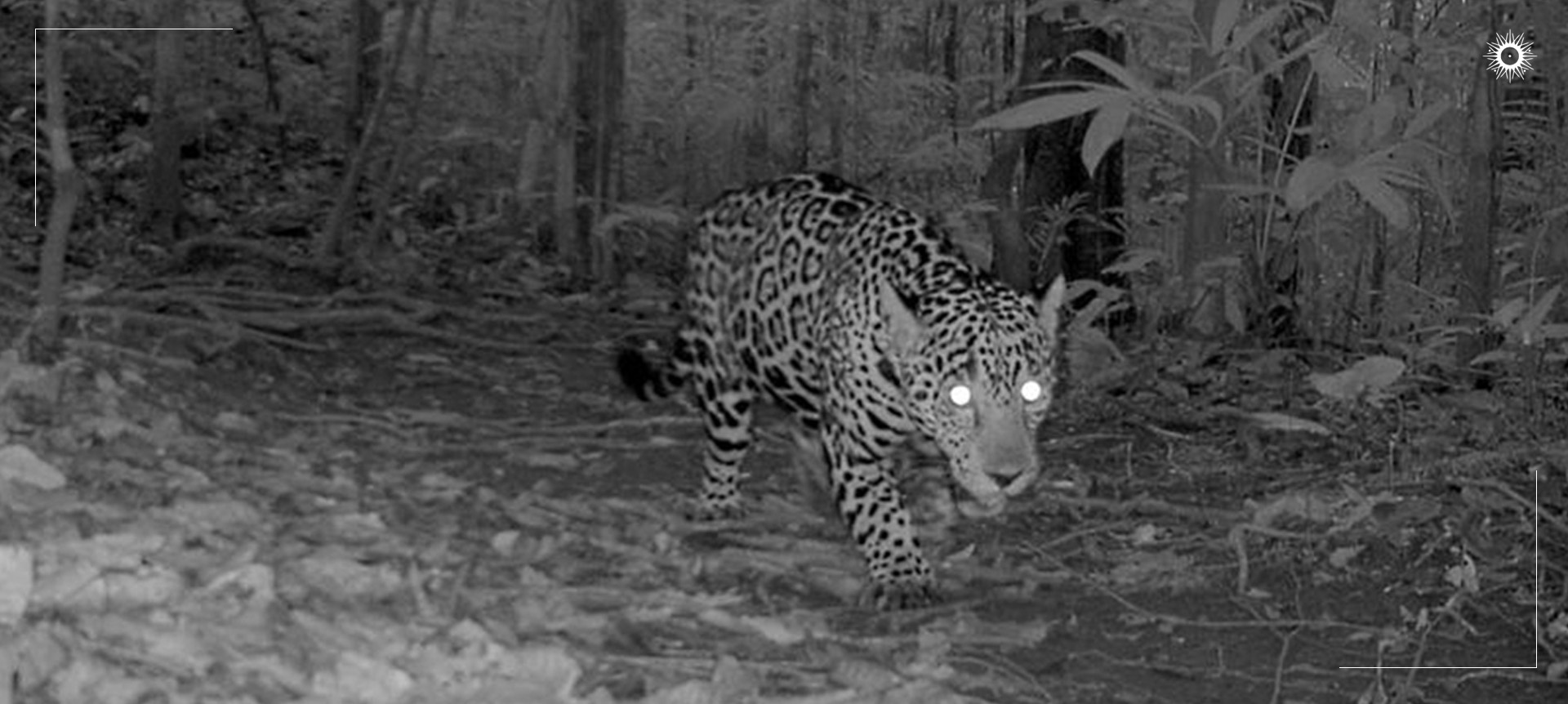
As one of the oldest wildlife monitoring programs in the country, the Jaguar Program continues to expand its investigative trajectory thanks to support from the National University of Costa Rica’s (UNA) International Institute of Wildlife Conservation and Management and private organizations—particularly Böëna Lodges.
UNA’s Jaguar Program began on the Osa Peninsula in the early 1990s. It was spearheaded by renowned researcher and university professor Dr. Eduardo Carillo, who is today considered the “Father of Jaguar Conservation” in Central America.
|
|
|
In 2008, under the tutelage of Dr. Carillo, a young forestry engineer, Carolina Saenz, who was pursuing a master’s degree in wildlife management, was guided to develop her thesis investigation within La Amistad Caribe Conservation Area, including Barbilla National Park, the Nairi Awari Indigenous Territory, Pacuare River Protective Zone, and properties outside the protected wild areas.
Over several decades, much of the land surrounding the Barbilla-Pacuare Sector had been reforested and protected as a nature reserve by the Fernandez family, the original owners of Pacuare Lodge and Böëna founders. With funding and logistical support from UNA and Pacuare Lodge, Dr. Carillo facilitated Carolina Saenz’s thesis investigation, in which camera traps were used to study the types and quantity of terrestrial mammals present in the region.
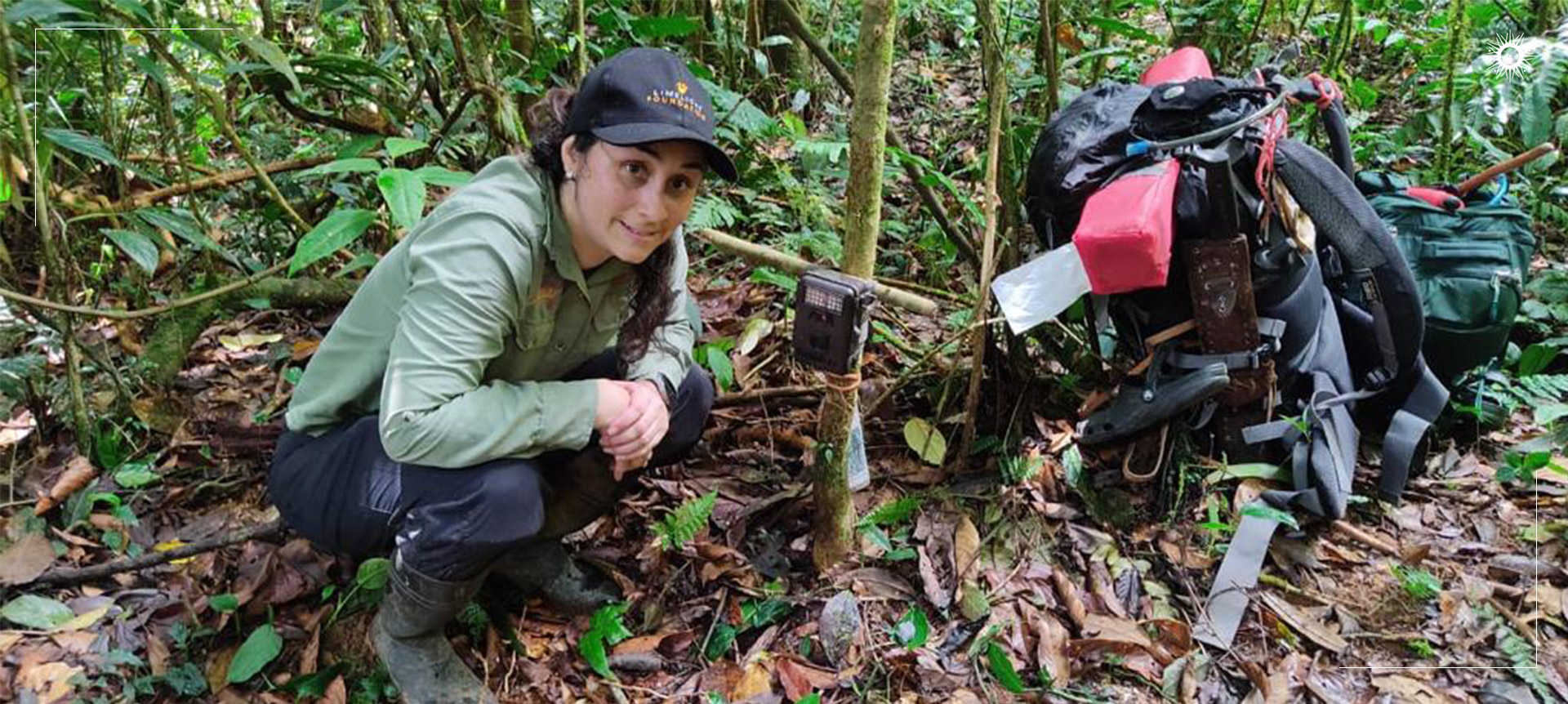
Deemed “umbrella species,” the protection of wild felines has direct positive impacts on a vast number of associated wildlife and habitats. Because of the study’s success not only in monitoring wildlife activity but in engaging tourists’ interest in participating in the conservation of Costa Rica’s wild areas, in 2010, Pacuare Lodge signed a cooperation agreement with UNA’s Jaguar Program, pledging their continued support.
As Böëna incorporated additional lodges into their portfolio, Lapa Rios on the Osa Peninsula, followed by Monteverde Lodge in Monteverde and Tortuga Lodge in Tortuguero, they recognized new opportunities to contribute to the program’s nationwide research and conservation efforts.
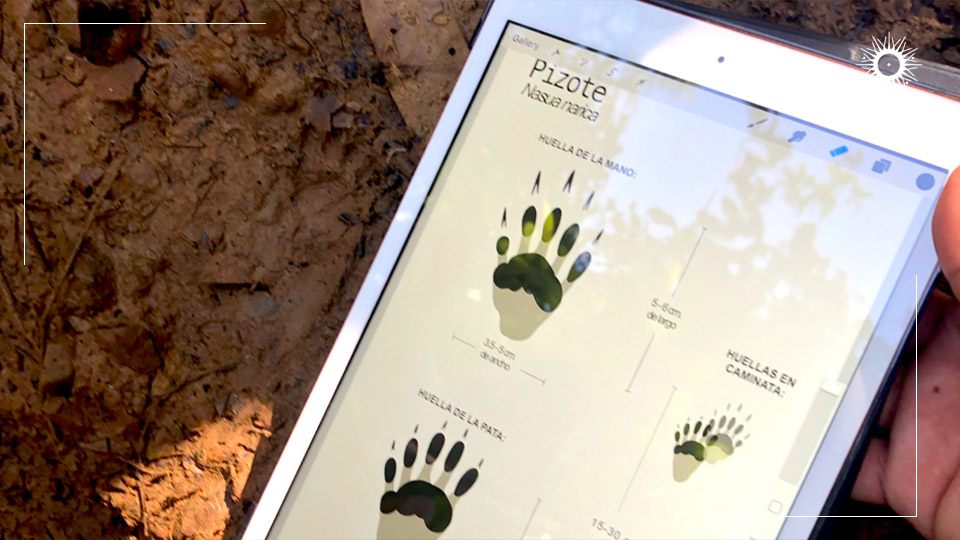
|
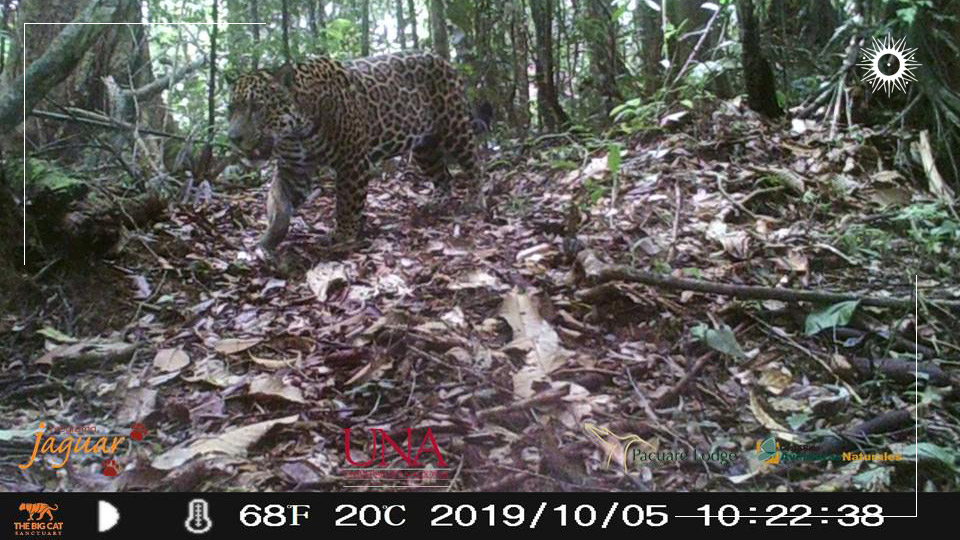
|
Biologist and researcher Juan Carlos Cruz plays a lead role in Jaguar Program’s Osa research and monitoring efforts. With funding and the procurement of camera traps provided by Lapa Rios Lodge, Cruz, and his team have expanded the region’s monitoring capacity to include Lapa Rios Nature Reserve, the La Sirena Ranger Station in Corcovado National Park, and the wildland areas between the two.
“With the help of Böëna, the Jaguar Program can conduct ongoing studies that have never been done before. The continuity of our research lets us evaluate the pros and cons of the country’s conservation efforts. Especially what works and what doesn’t. It also allows us to evaluate the positive and negative impacts tourism has on wildlife and its protection, which, in turn, helps policymakers make the right decisions. The information is invaluable,” says Cruz.
|
|
|

|
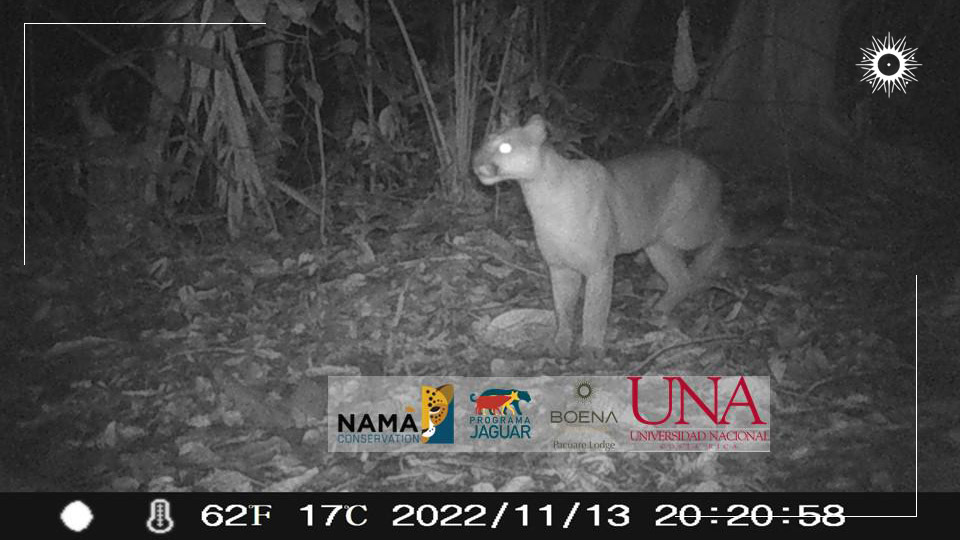
|
The Jaguar Program’s nationwide studies are also instrumental in bridging cultural and economic rifts among indigenous groups and local community members who argue that wild felines are a threat to livestock or are more valuable as trophies on the black market. Through the program’s efforts to spread awareness and divulge the positive economic potential of eco-tourism, the protection of wild felines and other endangered species has gained significant ground.
In 2020, Böëna Lapa Rios signed a cooperation agreement supporting the continuity of the Jaguar Program’s Osa Peninsula research. Currently, camera traps are being installed within the Monteverde Lodge and Cloud Forest Lodge reserves, and Böëna is also supporting the research of UNA student Valerie Solano, who is conducting a study in the region surrounding Cloud Forest Lodge and Monteverde Lodge. For 2024, Böëna plans to collaborate with the Jaguar Program to launch a study in the Tortuguero National Park region to track feline migrations and populations.
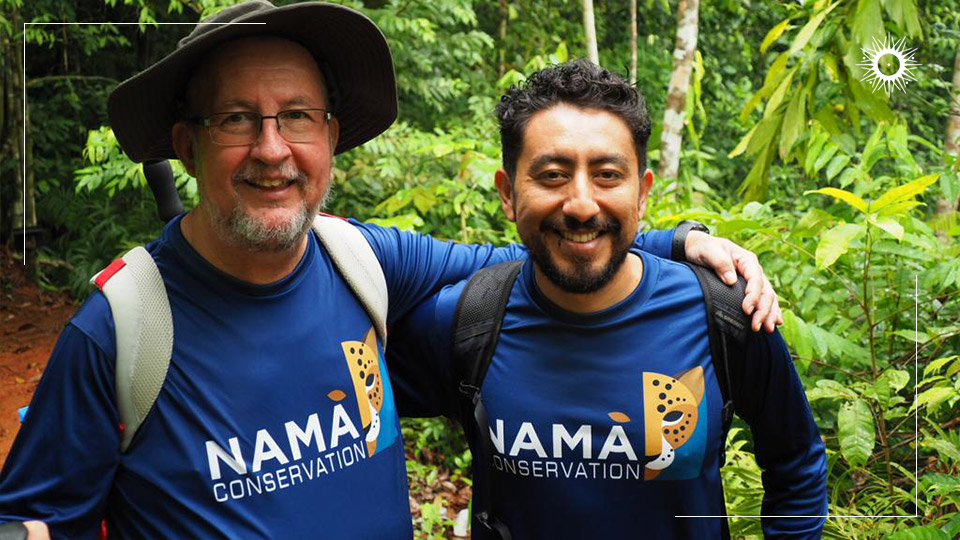
|
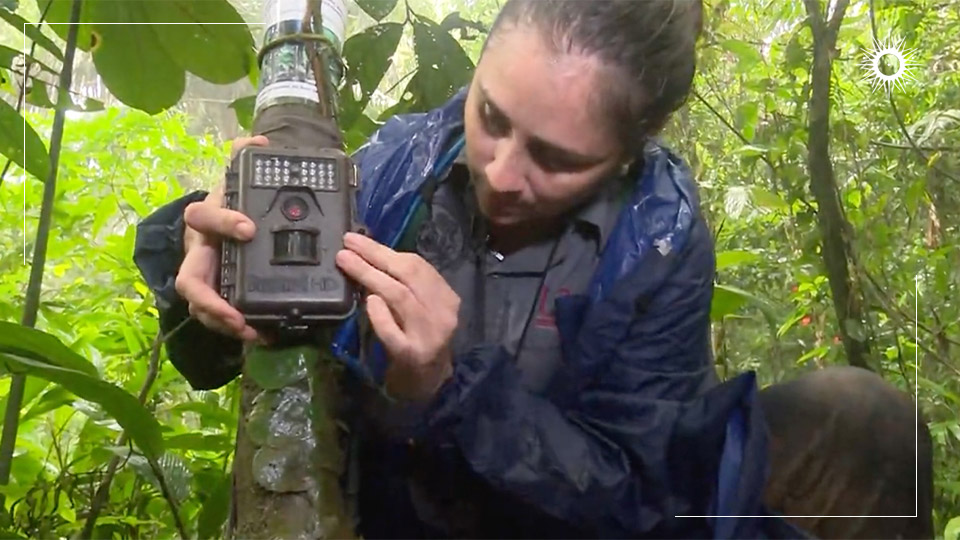
|
A portion of Böëna’s support for the Jaguar Program comes directly from a one-time Conservation Fee lodge guests pay as part of their stay. The fee is also applied to projects that benefit local communities, environmental education, and other sustainability-oriented initiatives spearheaded around each of Böëna’s five lodges.
|
|
|
“If it wasn’t for the ongoing support of Böëna, the continuity of our research and the invaluable information we’ve gained wouldn’t have been possible,” said Saenz, now a UNA doctorate professor and the director of the Jaguar Program.
Author: Krystal Hartman